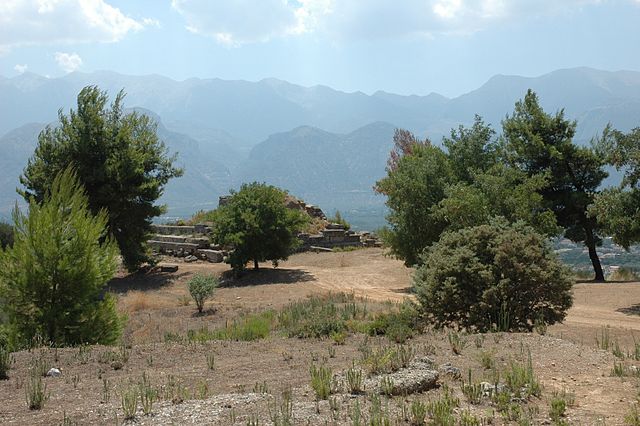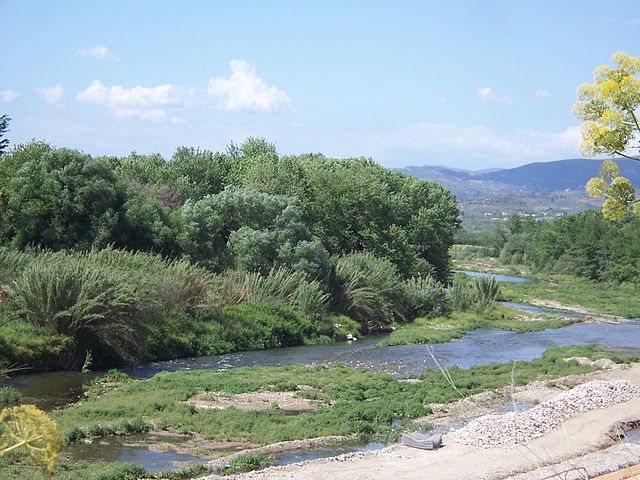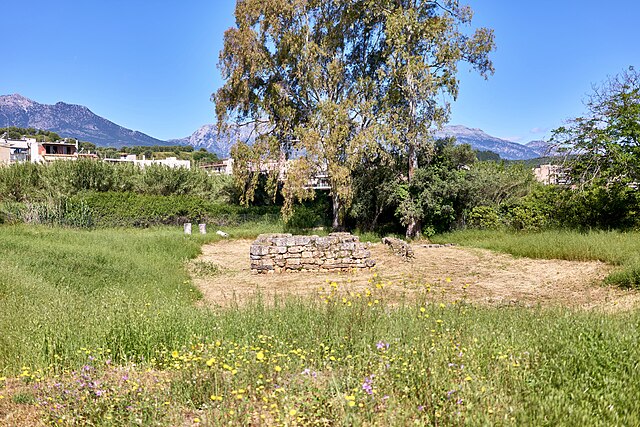Leonidas I was a king of the Greek city-state of Sparta, and the 17th of the Agiad line, a dynasty which claimed descent from the mythical demigod Heracles. Leonidas I was a son of the king Anaxandridas II. He succeeded his half-brother King Cleomenes I to the throne in c. 489 BC. His co-ruler was King Leotychidas. He was succeeded by his son, King Pleistarchus.
Statue of a hoplite (5th century BC), known as Leonidas, at the Archaeological Museum of Sparta
The Spartans throw Persian envoys into a well.
Leonidas at Thermopylae (1814) by Jacques-Louis David, who chose the subject in the aftermath of the French Revolution as a model of "civic duty and self-sacrifice", but also as a contemplation of loss and death, with Leonidas quietly poised and heroically nude
Achaemenid king killing a Greek hoplite. Circa 500 BC–475 BC, at the time of Xerxes I. Metropolitan Museum of Art.
Sparta was a prominent city-state in Laconia in ancient Greece. In antiquity, the city-state was known as Lacedaemon, while the name Sparta referred to its main settlement on the banks of the Eurotas River in the Eurotas valley of Laconia, in south-eastern Peloponnese. Around 650 BC, it rose to become the dominant military land-power in ancient Greece.
Hollow Lacedaemon. Site of the Menelaion, the ancient shrine to Helen and Menelaus constructed in the Bronze Age city that stood on the hill of Therapne on the left bank of the Eurotas River overlooking the future site of Dorian Sparta. Across the valley the successive ridges of Mount Taygetus are in evidence.
Eurotas River
The theater of ancient Sparta with Mt. Taygetus in the background.
Ruins of the Temple of Artemis Orthia








